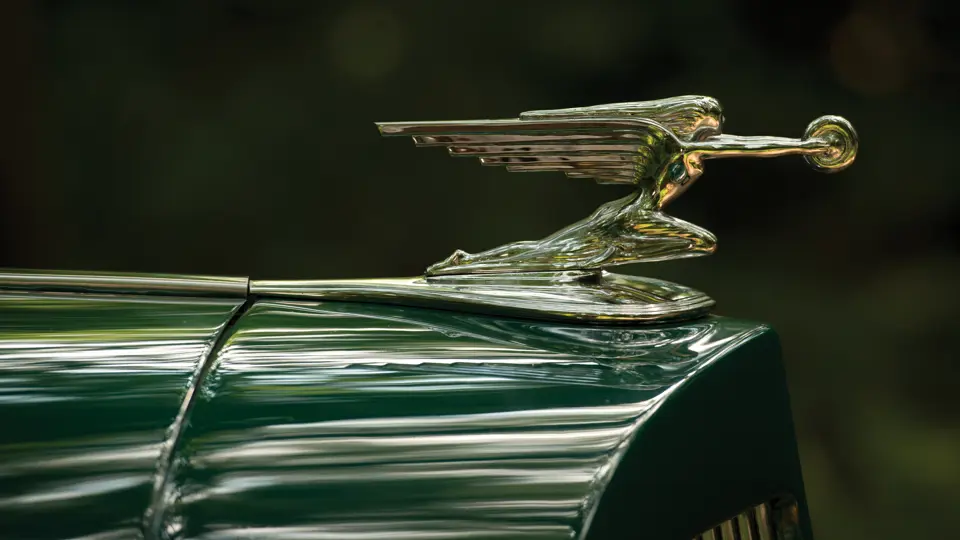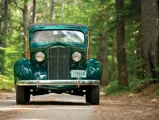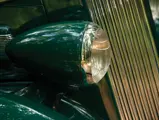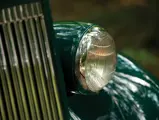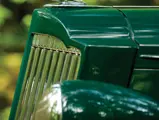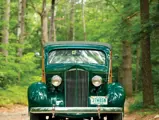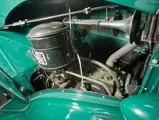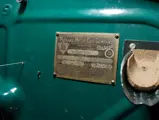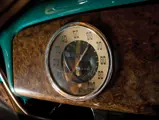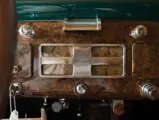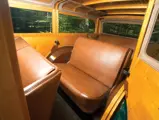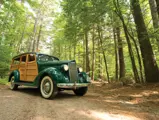
1937 Packard Six Station Wagon by Baker-Raulang
{{lr.item.text}}
$170,500 USD | Sold
Offered from the collection of John Moir
{{bidding.lot.reserveStatusFormatted}}
- Offered from the collection of John Moir
- One of the earliest surviving Packard Station Wagons
- Rare Cleveland-built Baker-Raulang bodywork
- Beautifully restored, with exquisite woodwork and detailing
Series 115C. 100 bhp, 237 cu. in. L-head inline six-cylinder engine, three-speed selective synchromesh manual transmission, independent front coil-spring and semi-elliptic rear spring suspension, and four-wheel hydraulic drum brakes. Wheelbase: 115 in.
While station wagons today recall images of family road trips and surfer dudes, it is easy to forget that up until the 1940s they were more likely to be seen by the stables than in suburbia. Before World War II, the station wagon was exactly that, the vehicle used to carry servants, luggage, and occasionally the employer and owner of same, between a palatial estate and the train station. It often occupied a carriage house that was shared with at least one sumptuous limousine, usually a Packard. It is no wonder, then, that in the mid-1930s, as it enlarged its model line to fight the Great Depression, Packard saw fit to combine the two.
The Packard Station Wagon debuted in mid-1937 and was offered on both the six-cylinder 115C and eight-cylinder One Twenty chassis as additions to the 15th Series of models. This model was based on a 115-inch wheelbase chassis and featured beautifully crafted bodywork, which was initially supplied by renowned Cleveland coachbuilders Baker-Raulang, who were known for the elegant finishes of their work. Even the six-cylinder model was an expensive vehicle. It is believed that only about 60 were produced in the inaugural year and that only the very earliest few cars had Baker-Raulang bodies.
The car offered here was acquired by Mr. Moir from Brian Allen, of Meredith, New Hampshire, who had purchased it from a motorcycle collector in Maine. Allen had refinished the body in the factory-correct color of Coachman Green, rebuilt the engine, and replated all of the chrome; however, the sadly weathered wooden body still required a complete restoration. Ron Fulmer, of Guilford, New Hampshire, is a skilled woodworker, and he replaced each piece of wood, copying the originals precisely and rebuilding the body exactly in the manner in which Baker-Raulang originally finished it. Mr. Moir still has the remains of the original driver’s door, on which is visible “North Woodstock,” a reference to the New Hampshire town in which the wagon originally served, probably as a jitney between a hotel and the railroad station.
This “woodie” features one of the nicest restorations in the Moir Collection, and as such, it has been displayed at the 1999 Packard Magnum Opus, held in Warren, Ohio, as well as at several New England shows for “beach woodies” over the years. It is accompanied by an exhaustive file, which details its restoration with numerous receipts and includes copies of articles on the model, photographs taken prior to restoration, and information on its Magnum Opus appearance, as well as an original six-cylinder service manual.

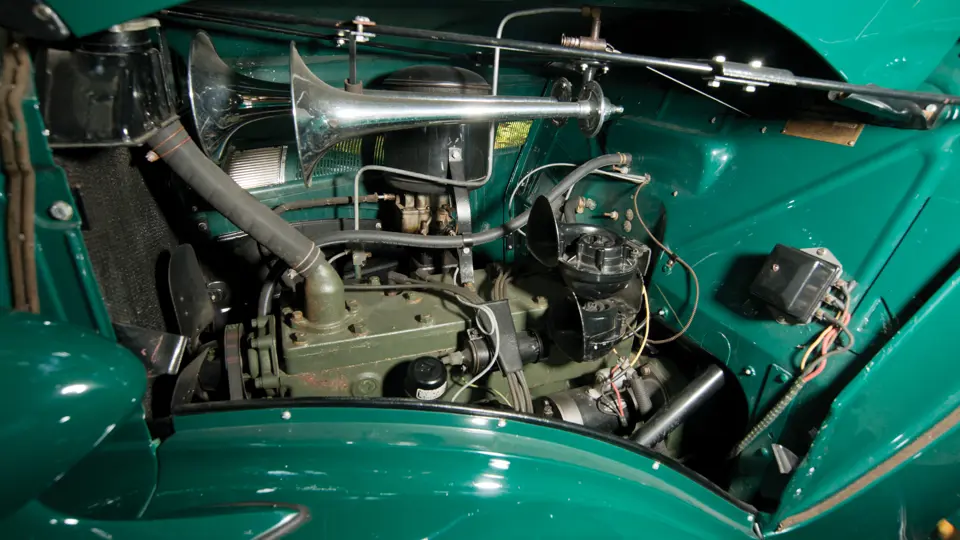



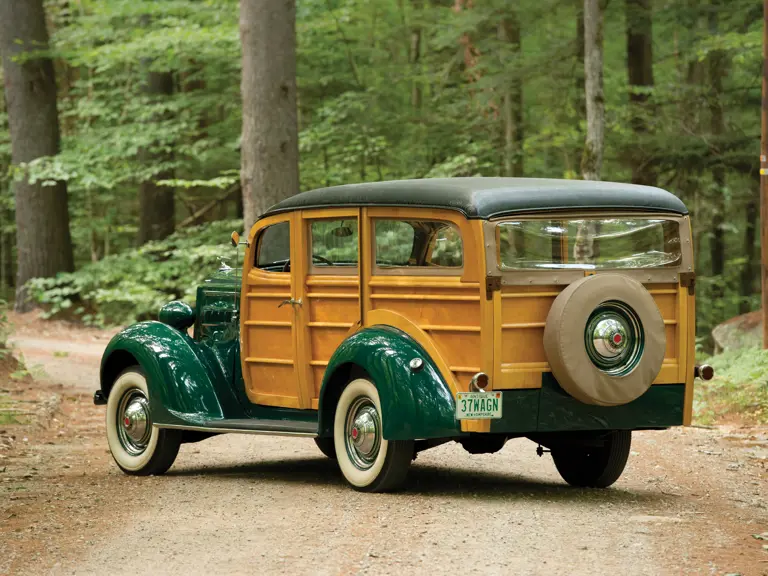
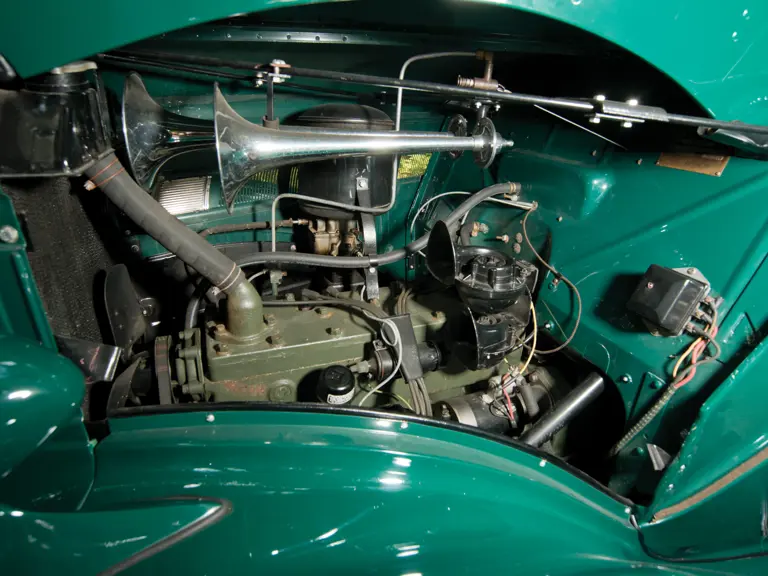

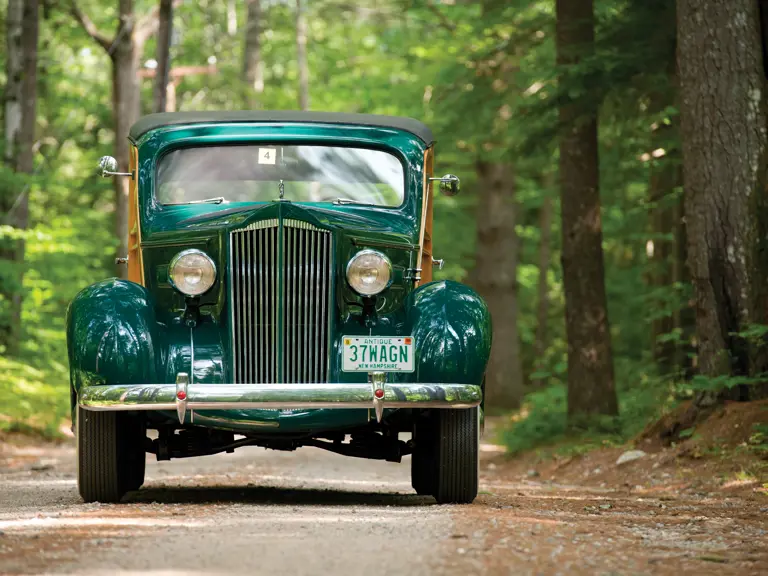
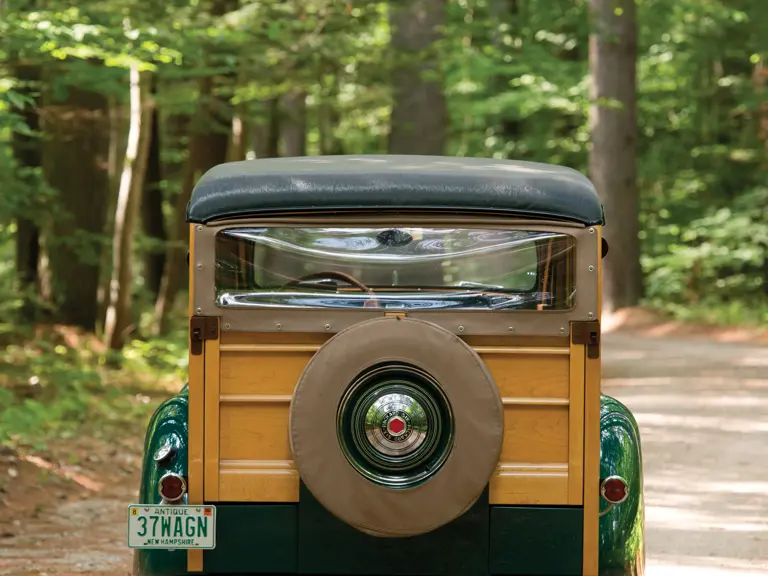
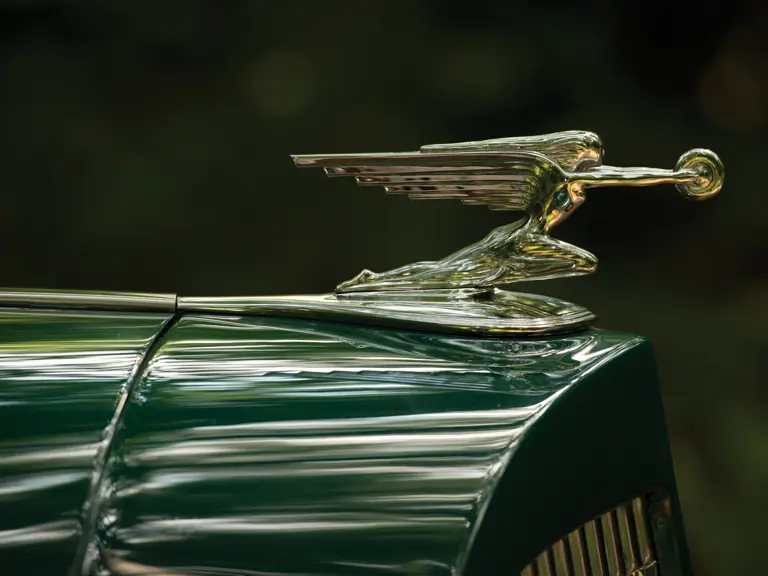
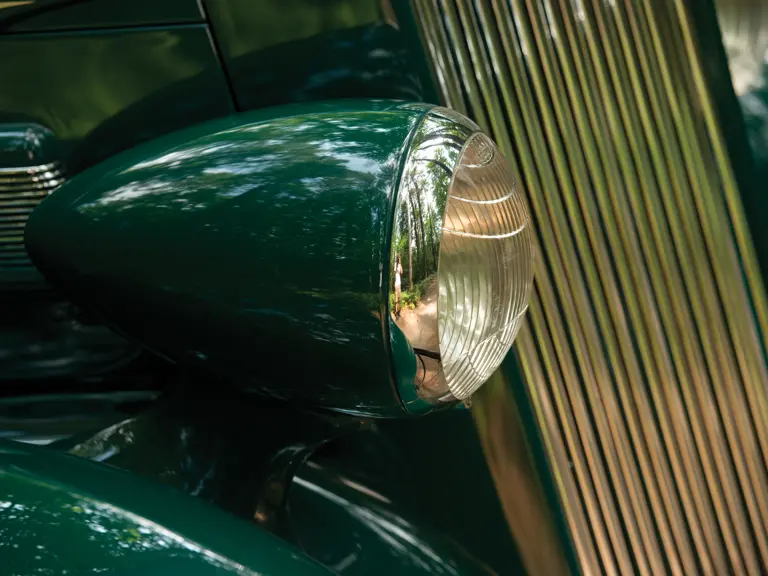
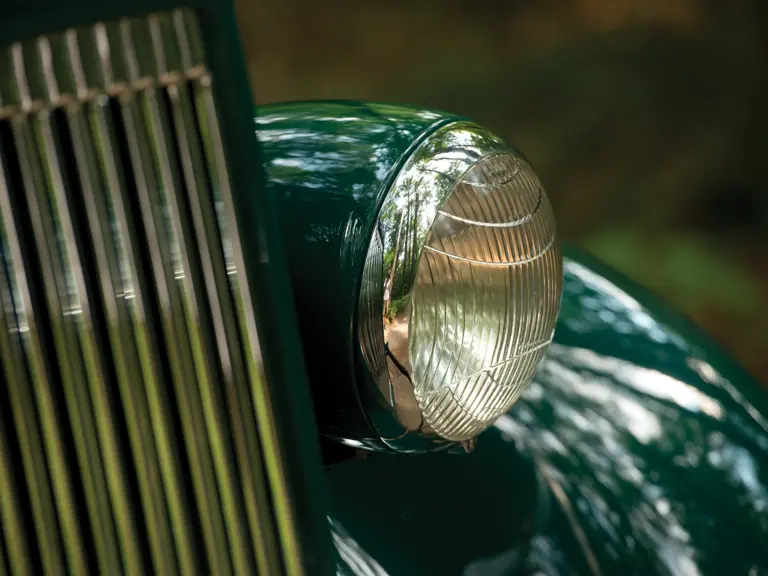
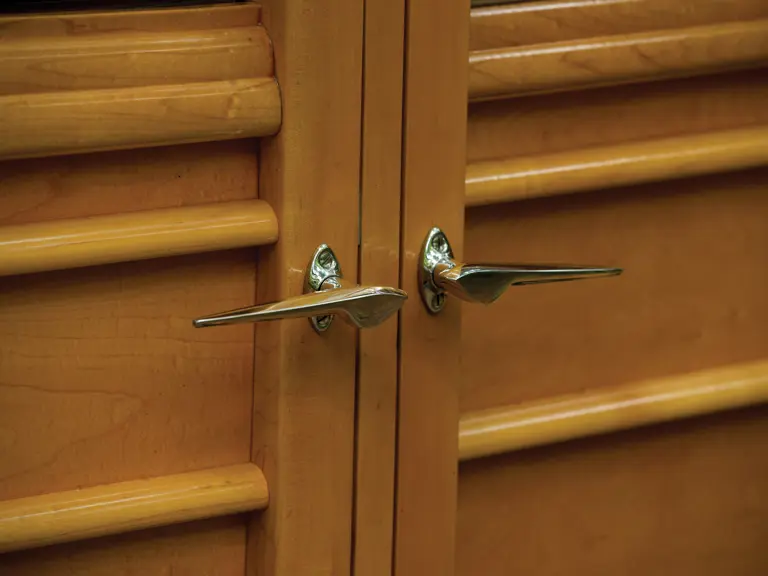
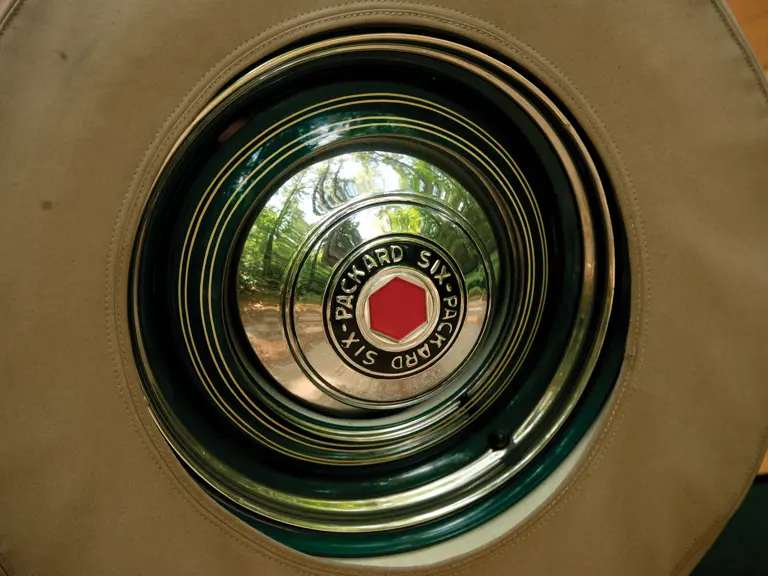


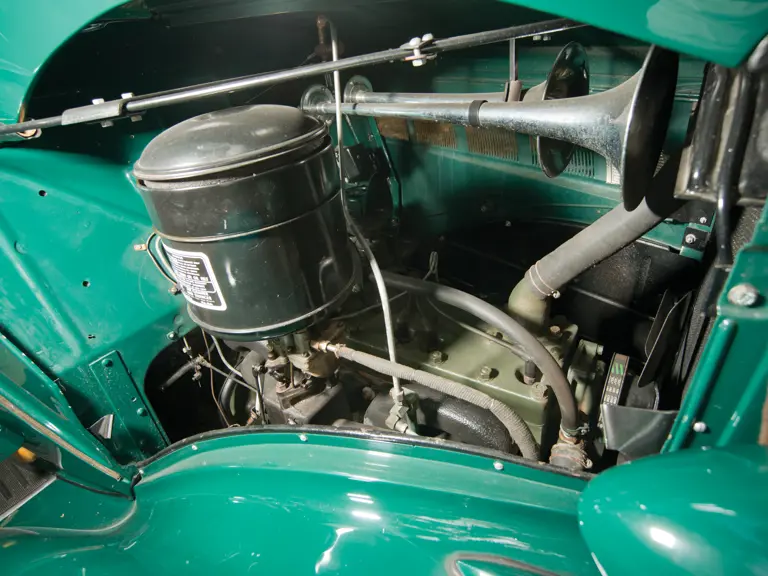
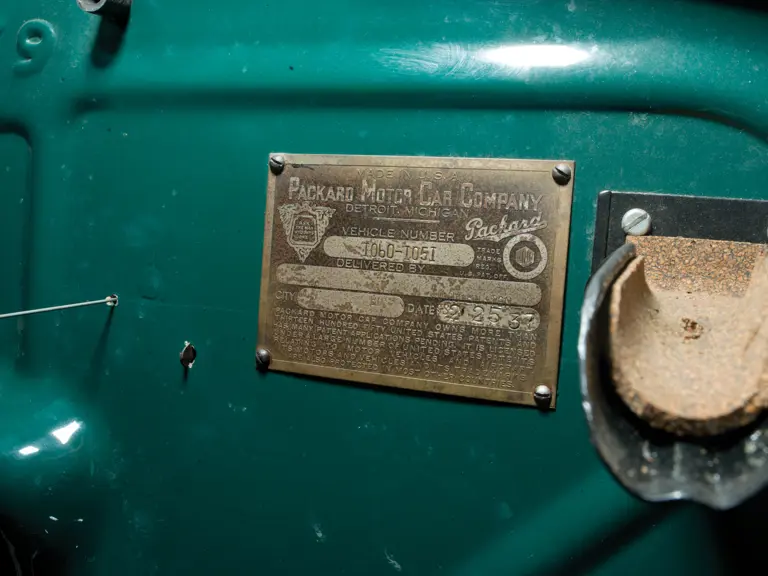
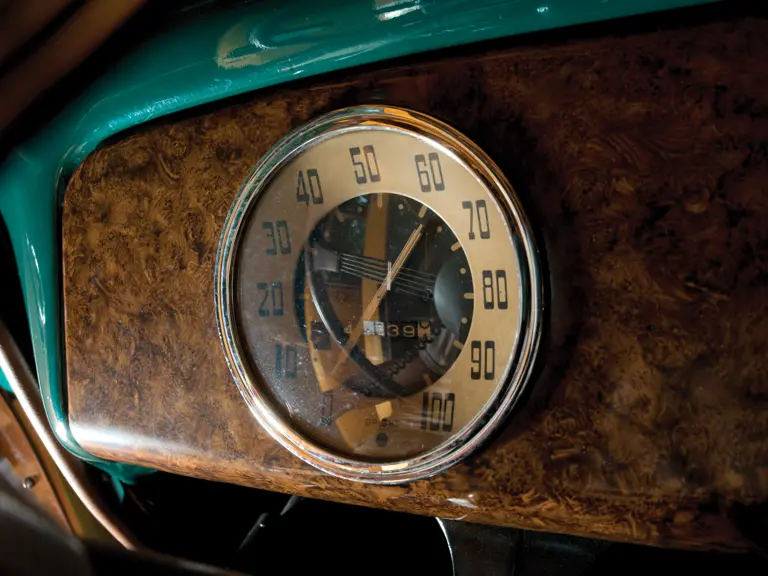
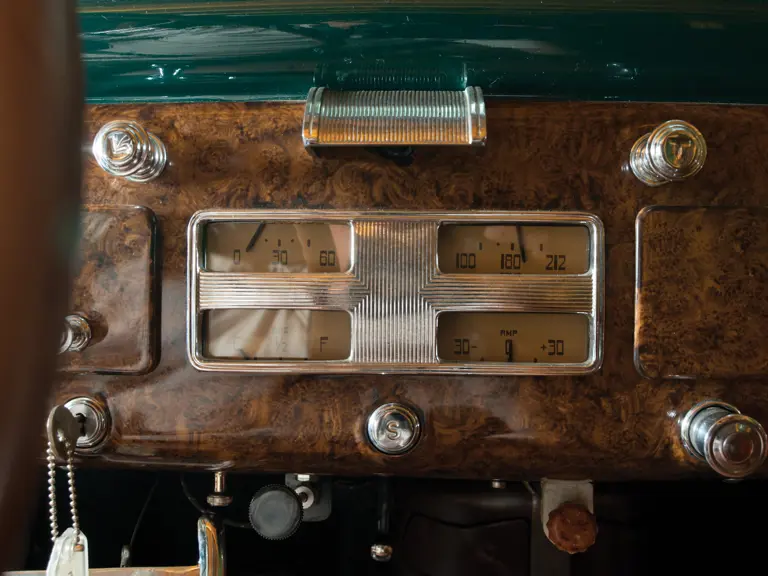
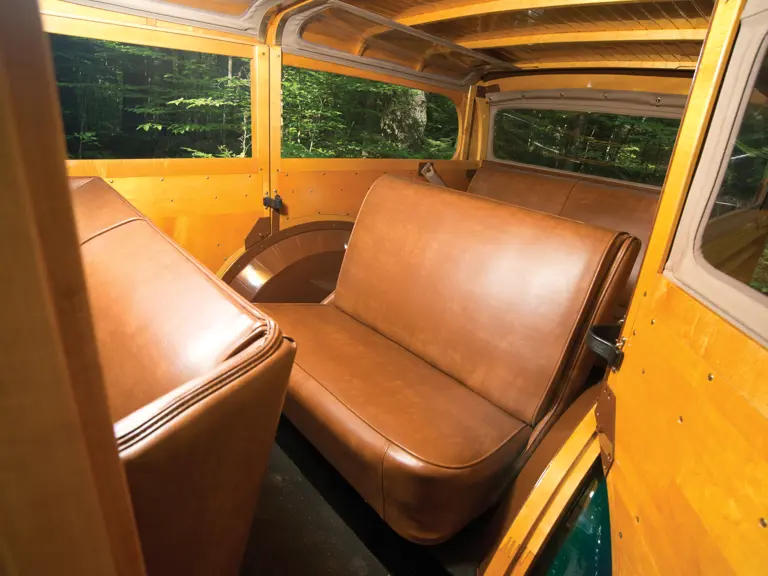
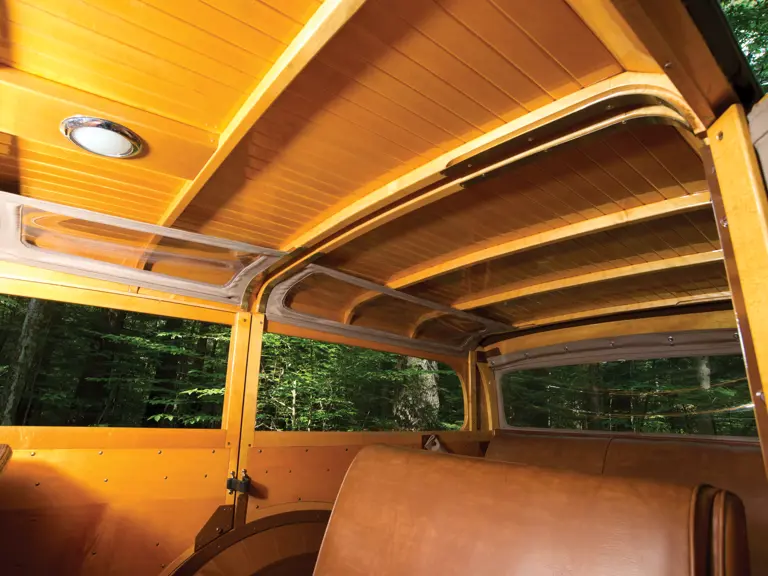
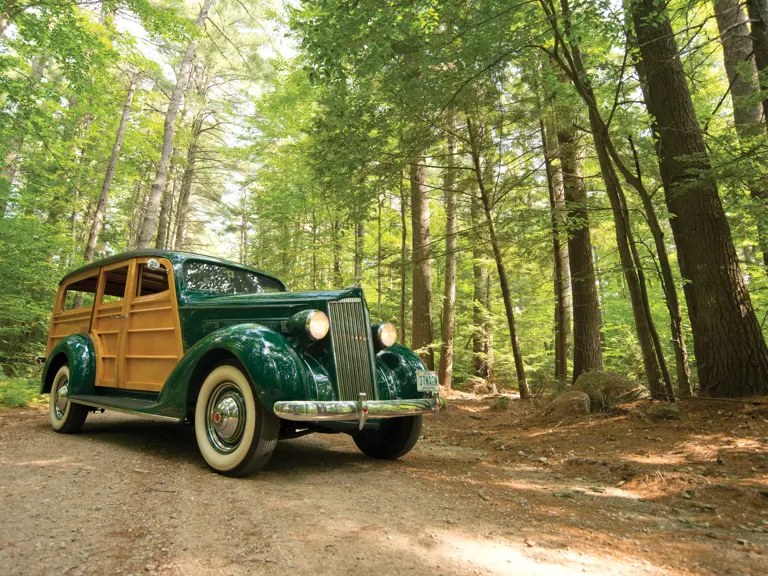
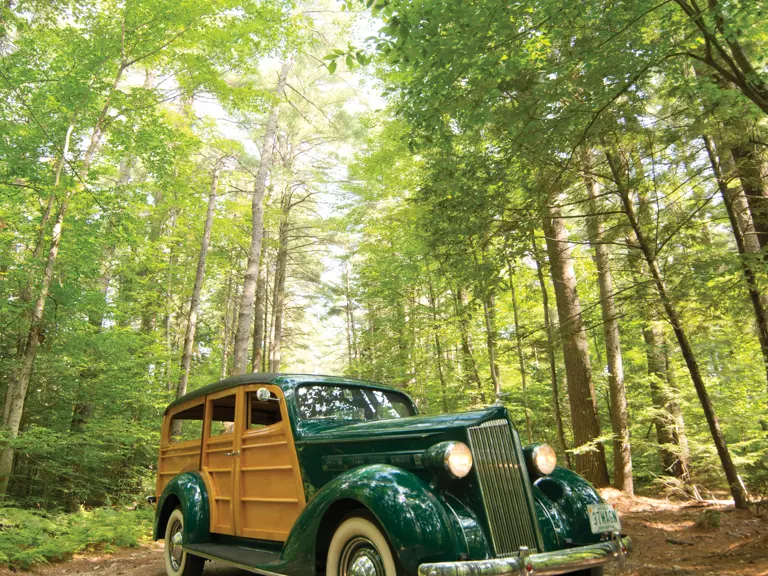
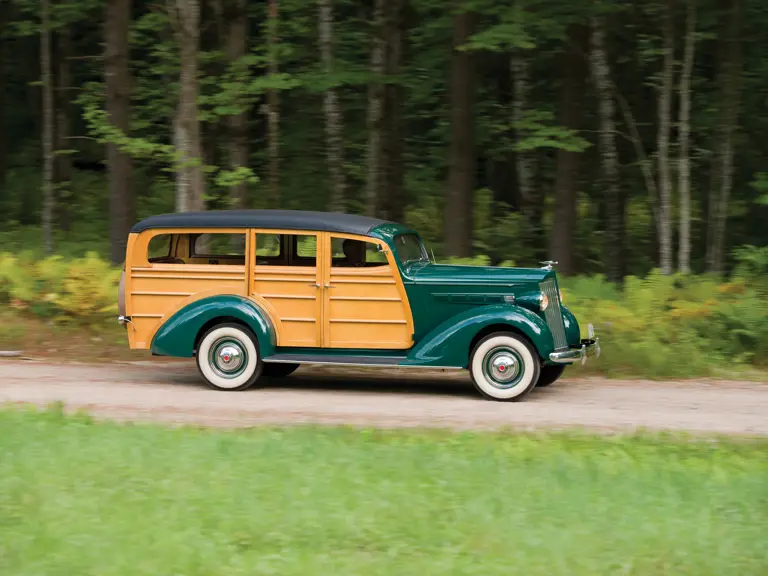
 | Hershey, Pennsylvania
| Hershey, Pennsylvania


